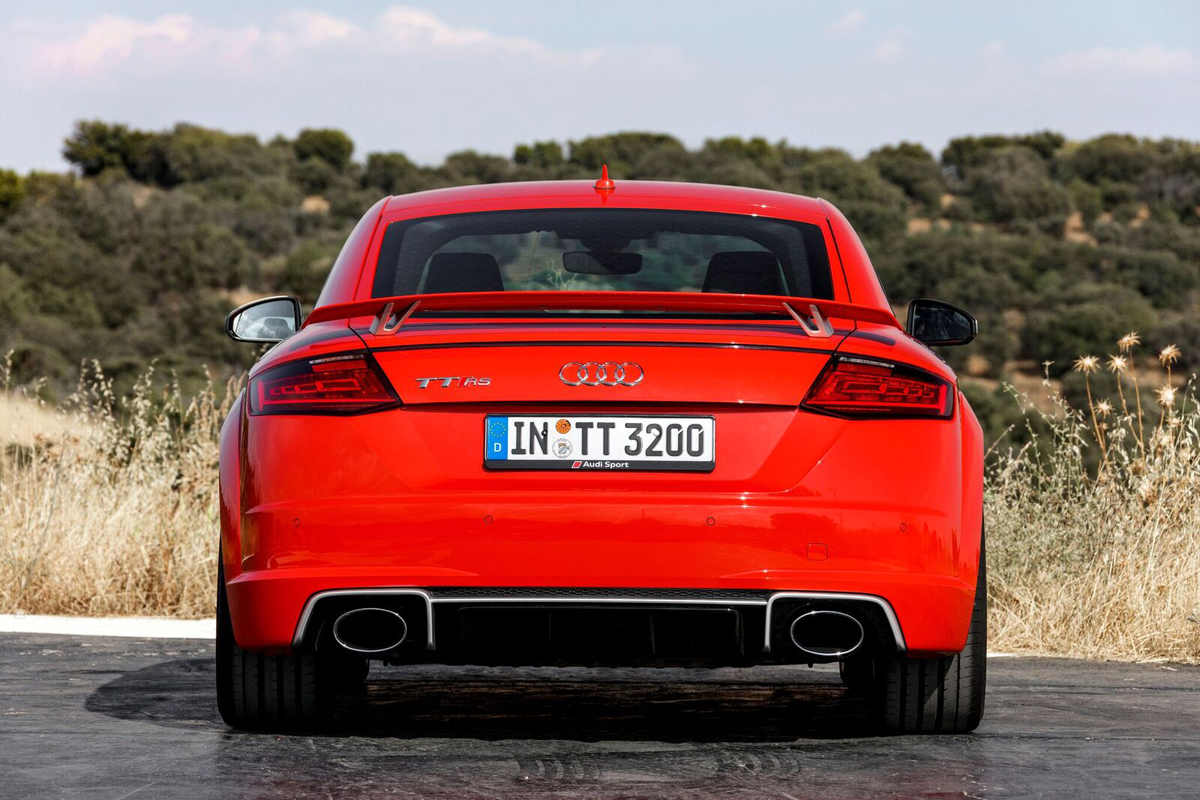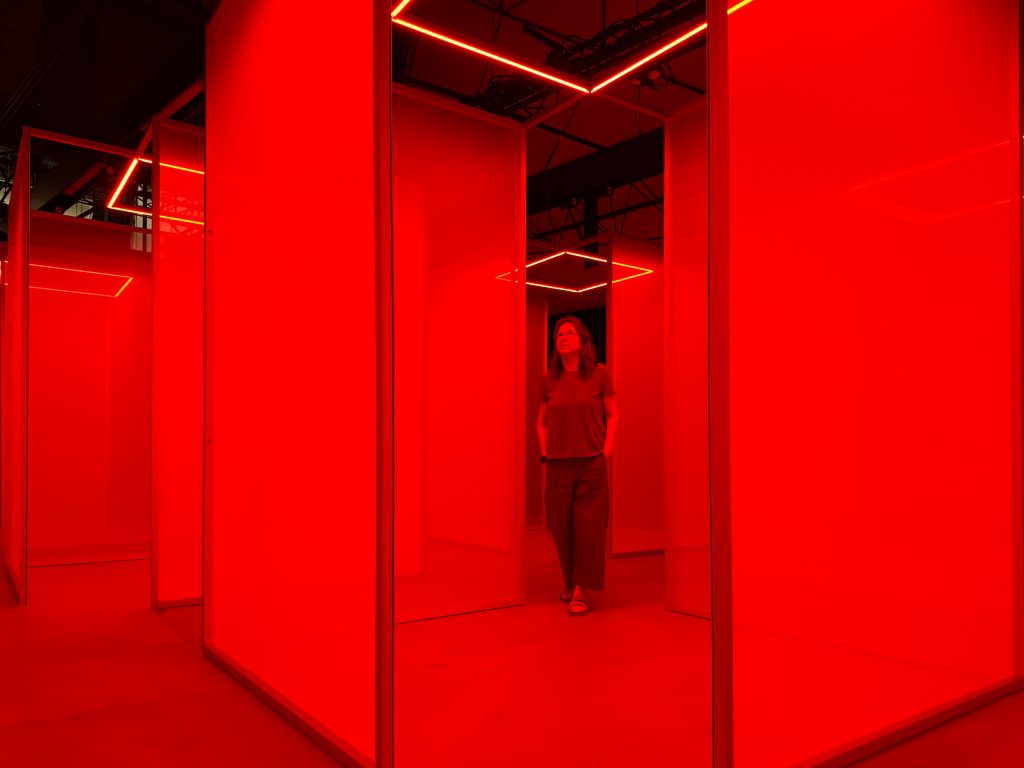Test Drive: 2018 Audi TT RS and RS3
We drive both models on the track at Lime Rock Park

Driving around Lime Rock Park, we think we’re fast. But then we sit with Hans-Joachim Stuck. He’s fast. The Le Mans racer knows how to push the five cylinders of the new 2018 Audi TT RS coupe and RS 3 sedan to carve the edges of sweeping and undulating tarmac. With 400 horses and 354 lb.-ft. of torque and no turbo lag, it’s a blisteringly fast ride—punctuated by an exhilirating popping exhaust growl. Stuck knows this natural-terrain track tucked into the hills of Litchfield, Connecticut, and the Audi brand ambassador knows this marque’s five-cylinder engine and Quattro traction. It was here that Stuck took the checkered flag for the German brand in the Quattro IMSA GTO in 1989.

The world of high-performance cars is a culture of tantalizing numbers and nomenclature, designed and marketed to performance-minded outliers. With that in mind, Audi (the only passenger carmaker currently producing five-cylinder engines available in America) has brought this pair of “RS” models to its line-up for the first time in the US. Taken from German, the RennSport moniker translates to “racing sport,” with cost and characteristics closer to the supercar class. This duo are a step up the performance ladder from Audi’s “S” sport models and slot below the heralded V-10 R8. The RS models compete with similar-sized models from BMW M and Mercedes-AMG.

Although the TT RS and RS 3 represent a low-volume niche segment for Audi, they play an important role in the line-up—enthusiasts love the performance side of the brand, and it also brings new buyers. So, what exactly do you get when you buy a 2018 TT RS (starting at $64,990) or the RS 3 (starting at $54,900)? The same 2.5-liter TFSI five-cylinder motor sits under the coupe and sport sedan, with unique exterior and interior details and nuances that set the duo apart from their like-named stablemates. The interiors are designed to communicate performance rather than the luxury sport mission of the S models. Other differentiators are increased power, decreased weight, a larger clutch and a launch program that propels the performance cars from zero to 60 in 3.6 seconds and a top speed of 155 mph, or 174 when equipped with the optional Dynamic Plus package. Both offer a launch control program that boosts acceleration through the precision of engine speed and timed automated clutch release.

Permanent all-wheel drive is standard and has the ability to send nearly 100% of available torque to the rear wheels. It is also fully integrated within the Audi drive select system and offers the choice of four distinct drive modes: comfort, auto, dynamic and individual. Each mode allows for a change of shift points as well as steering, throttle response and damper control when equipped with magnetic ride (which uses a synthetic blend of oils to adjust the firmness of the dampers within a few milliseconds by creating a magnetic field within the shock absorber for real-time response to changes in the road).

Stopping power comes from eight-piston monobloc brake calipers with 370mm ventilated and cross-drilled discs at the front. Available are front carbon-ceramic brake discs with Anthracite Gray-painted calipers as part of Dynamic Plus.
Outside, both halo cars are beset with elements that are meant to signal their high-performance nature; Audi’s signature Audi Singleframe grille has a three-dimensional honeycomb design and Quattro script. The TT RS receives bespoke front and rear bumpers and a fixed rear wing; for the first time in a series-production Audi, it is available with OLED (organic light-emitting diode) rear taillights that create an eye-catching 3D design. An RS sports exhaust system (optional on the TT and standard on the RS 3) flaunts gleaming black trim. The RS 3 wears a body-colored rear spoiler lip, twin oval “RS” exhaust pipes, and a rear diffuser in aluminum-matte finish with vertical struts.

Inside, the TT RS and RS 3 interiors have been crafted with a driver-focused cockpit that brings standard Nappa leather S sport seats trimmed with diamond stitching; they come heated in the TT RS. Standard is Audi’s Virtual Cockpit (an entirely digital dashboard with 3D graphics) with a 12.3-inch display that delivers vibrant color at 60-frames per second with NVIDIA quad core processing power. Both boast a new multifunction three-spoke sport steering wheel with shift paddles and RS badging; the TT RS adds satellite control buttons for engine start/stop and Audi drive select. A standard acoustic windshield helps to reduce interior cabin noise in the RS 3.
We drove both models on the track and on northwestern Connecticut two-lanes. Our preference on the race course was for the TT RS that weighs in at 287 lbs. less than its four-door sibling, plus has a five-inch-shorter wheelbase and 11.3-inch-shorter length. On the road, we had a fondness for the RS 3 that can ferry four and carry more goods in the back. Hence, the argument for both and, in a perfect world, we might just go for one of each.
Images courtesy of Audi












